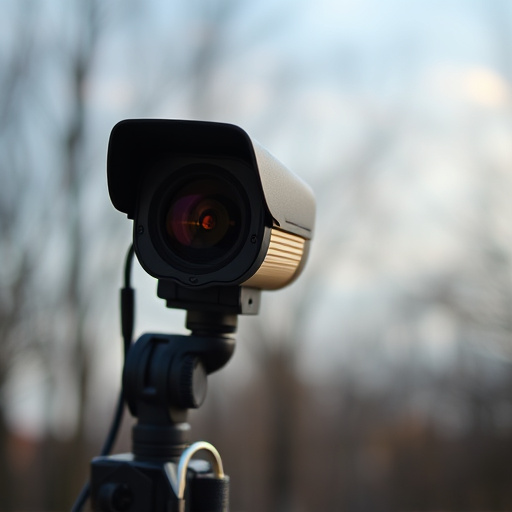Wireless spy camera networks offer flexible, real-time surveillance for security via live phone viewing on smartphones, tablets, or computers. Discretion is key in placement and internet connectivity ensures seamless access. Encryption, strong passwords, updated firmware, HTTPS, two-factor auth, firewall settings, and encrypted Wi-Fi protect privacy and system integrity, safeguarding sensitive footage from unauthorized access.
“Uncover the secrets of wireless spy camera networks with our comprehensive guide. In today’s digital age, ensuring discreet and secure surveillance is paramount. We explore best practices for installing covert camera networks, focusing on discretion and functionality. From understanding the intricacies of wireless technology to securing live phone viewing, this article equips you with knowledge. Learn how to navigate the landscape of hidden cameras while maintaining privacy and data security.”
- Understanding Wireless Spy Camera Networks
- Best Practices for Discreet Installation
- Secure Live Phone Viewing Protocols
Understanding Wireless Spy Camera Networks
Wireless spy camera networks, also known as covert surveillance systems, have become increasingly popular for both home and business security. These networks operate through a series of interconnected wireless cameras that transmit live video feeds to a central monitoring point. One of the key advantages is the flexibility offered by wireless technology, allowing cameras to be installed in hard-to-reach or remote locations without the need for complex cabling.
Understanding how these networks function, especially regarding live phone viewing capabilities, is essential. Most systems utilize wireless protocols like Wi-Fi or cellular networks to transmit video data. With a stable connection, users can remotely access live feeds from their smartphones, tablets, or computers. This real-time monitoring feature makes it easier to keep an eye on activities and receive alerts when significant events occur, enhancing overall security measures.
Best Practices for Discreet Installation
When setting up a covert camera network, discretion is key. For optimal results with wireless spy cameras, avoid visible placement and opt for hidden spots. Mounting devices behind pictures, in corners, or inside everyday objects can make them nearly invisible to the naked eye. Consider using professional-grade adhesive or mounting hardware designed for discreet installations.
Ensure reliable internet connectivity for live phone viewing by strategically placing access points or utilizing mesh network setups. This allows for seamless remote monitoring and quick response times. Additionally, encrypt your camera feeds with robust security protocols like AES encryption to protect privacy and prevent unauthorized access. Regularly update firmware and use strong passwords for added security.
Secure Live Phone Viewing Protocols
To ensure secure live phone viewing protocols for wireless spy camera systems, users should implement robust encryption standards. Utilizing HTTPS and strong authentication methods like two-factor verification safeguards data transmission, protecting sensitive footage from unauthorized access. Regularly updating firmware and employing sophisticated privacy features further bolsters security measures, ensuring only authorized individuals can remotely view live feeds.
Additionally, implementing secure network configurations, including firewall settings and encrypted Wi-Fi connections, creates a fortified environment for wireless spy cameras. These practices not only safeguard personal privacy but also maintain the integrity of the system, preventing hacking attempts and unauthorized modifications.
When it comes to covert camera network installation, a thorough understanding of wireless spy camera technology and secure live phone viewing protocols is essential. By adhering to best practices for discreet placement and robust security measures, you can ensure effective surveillance without compromising privacy. Maximize the potential of your wireless spy camera system by implementing these strategies, thus achieving optimal results in terms of both functionality and discretion.
